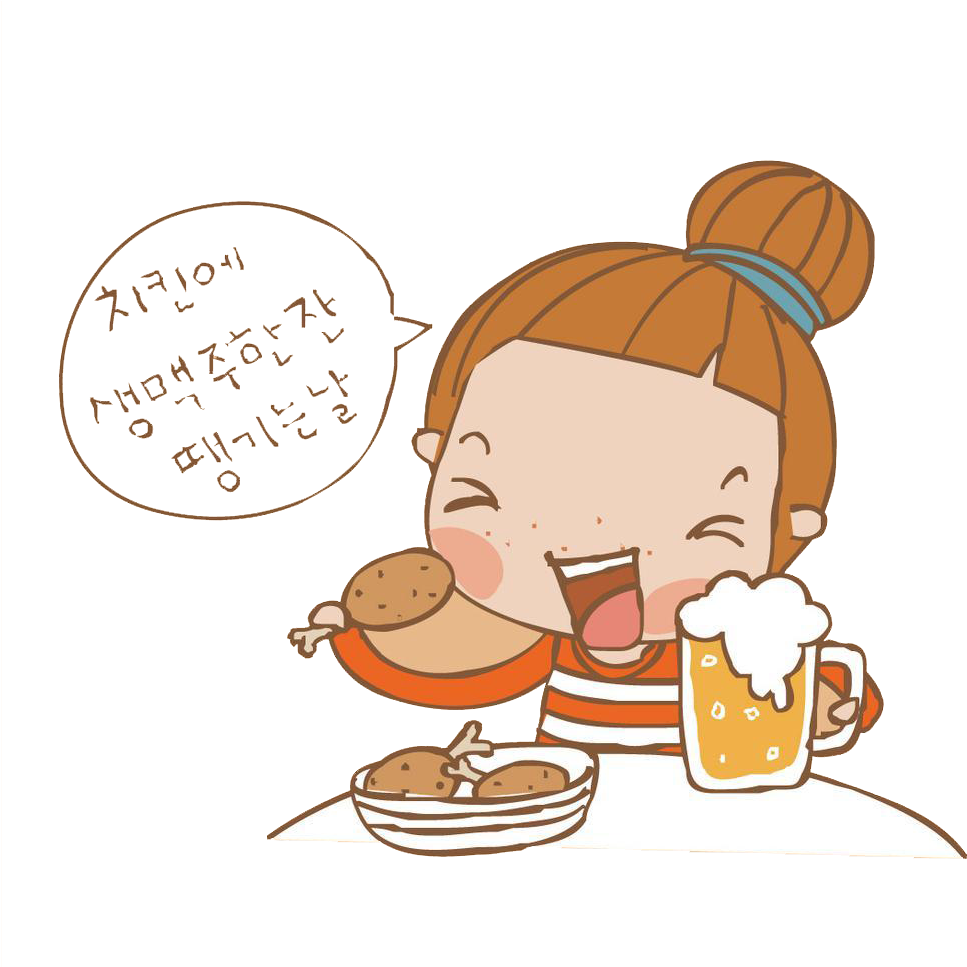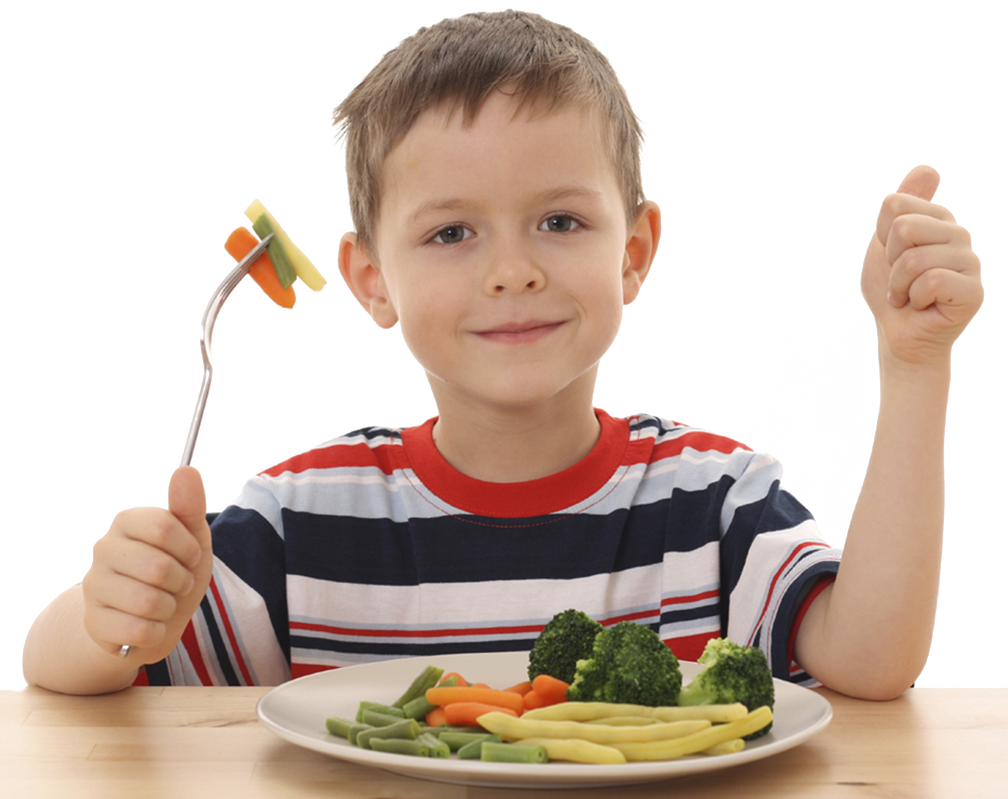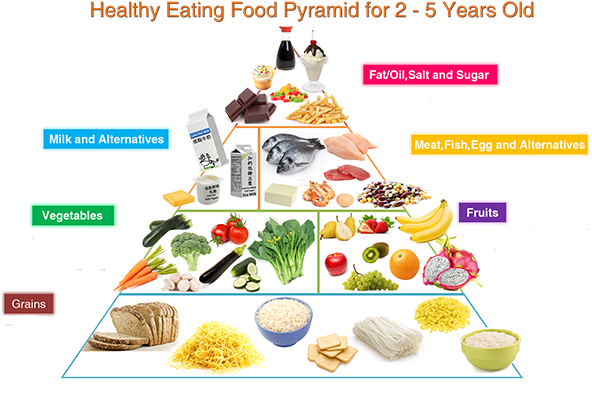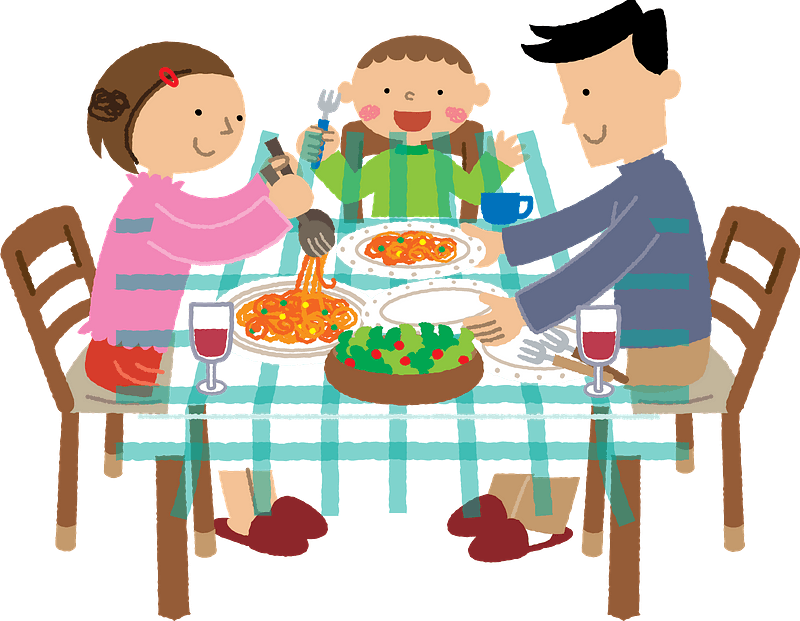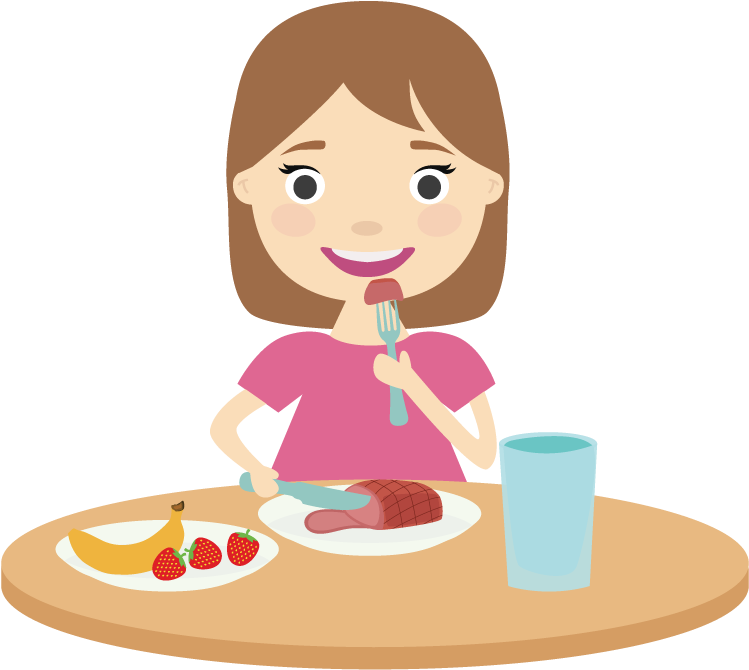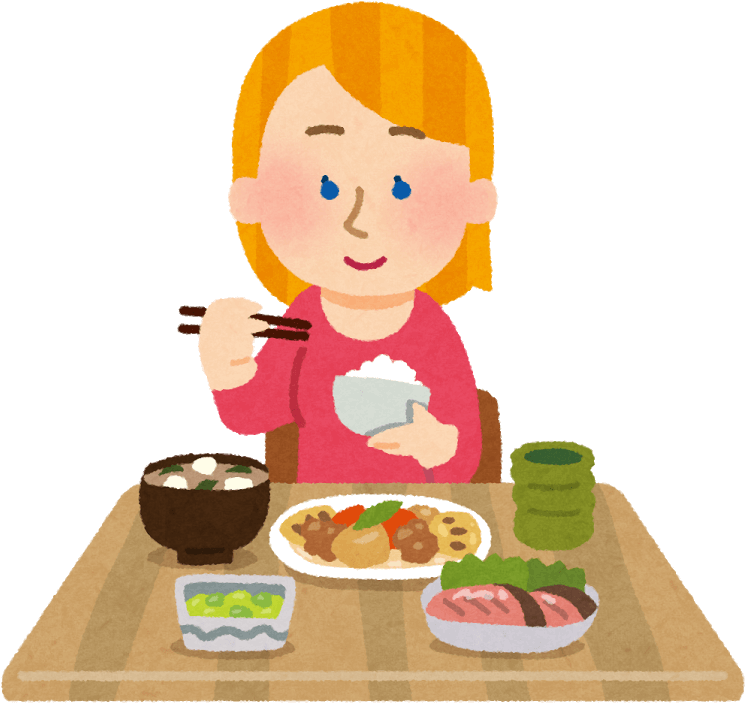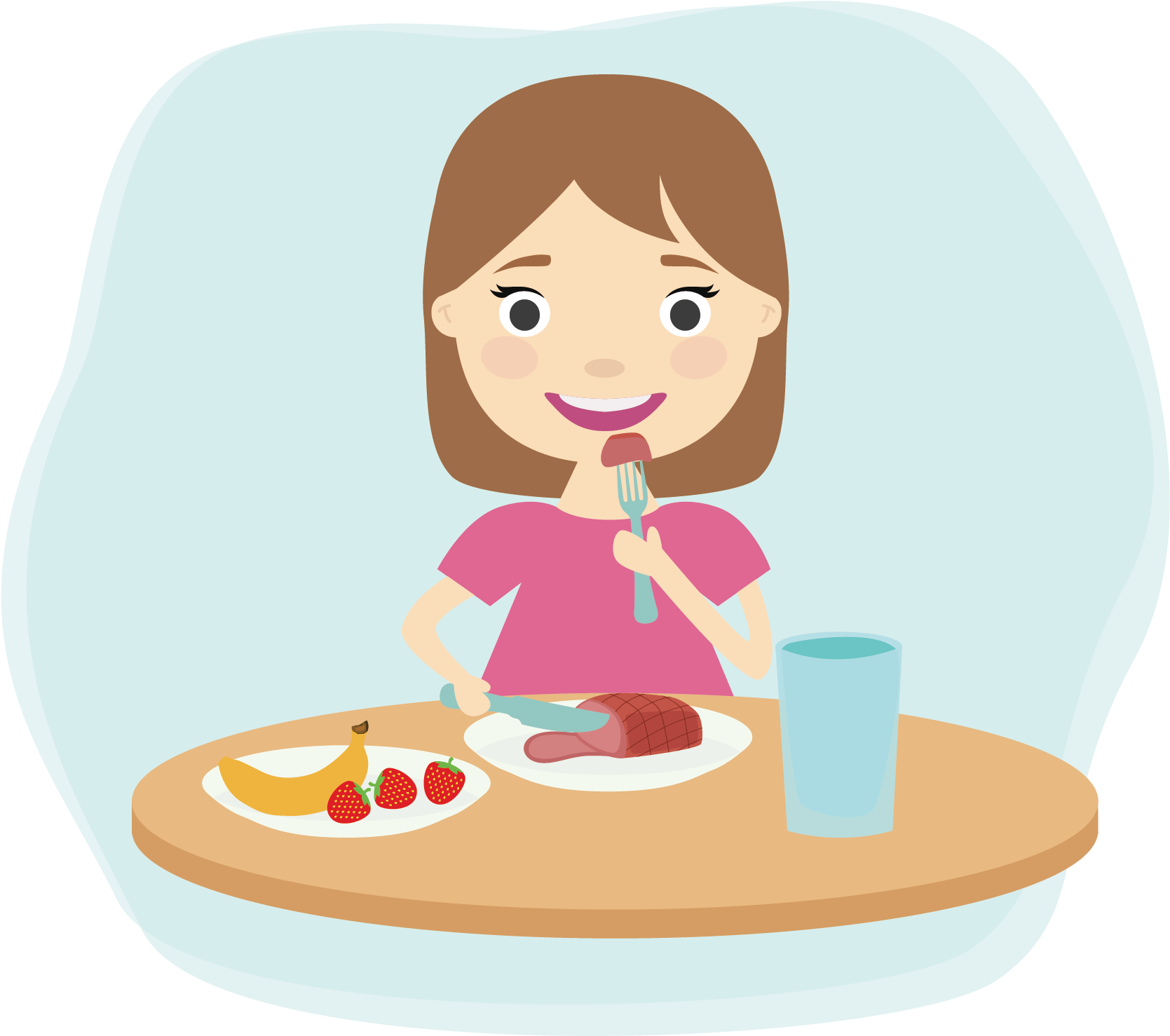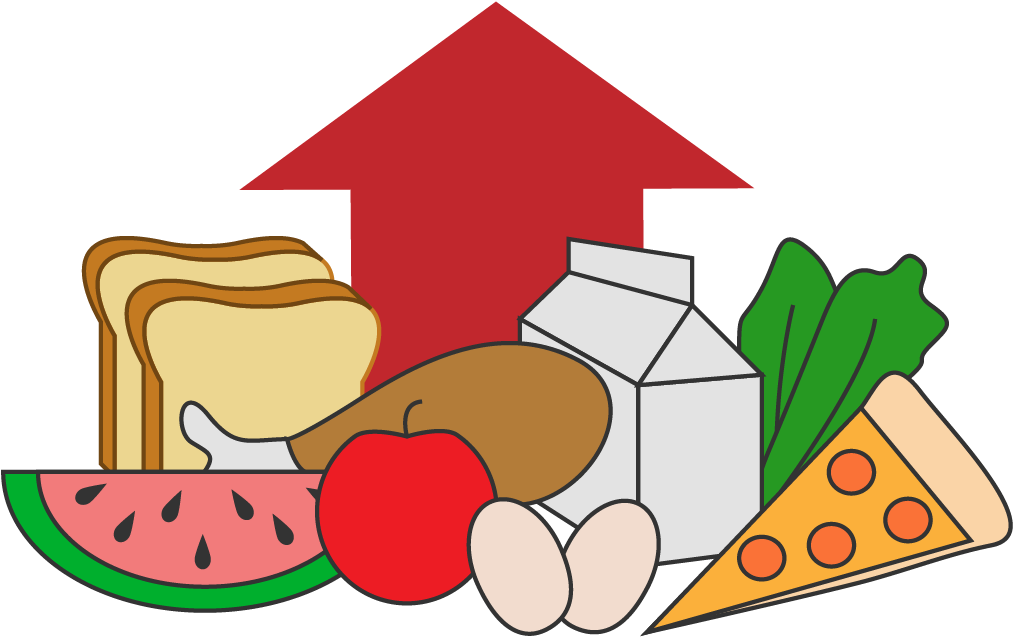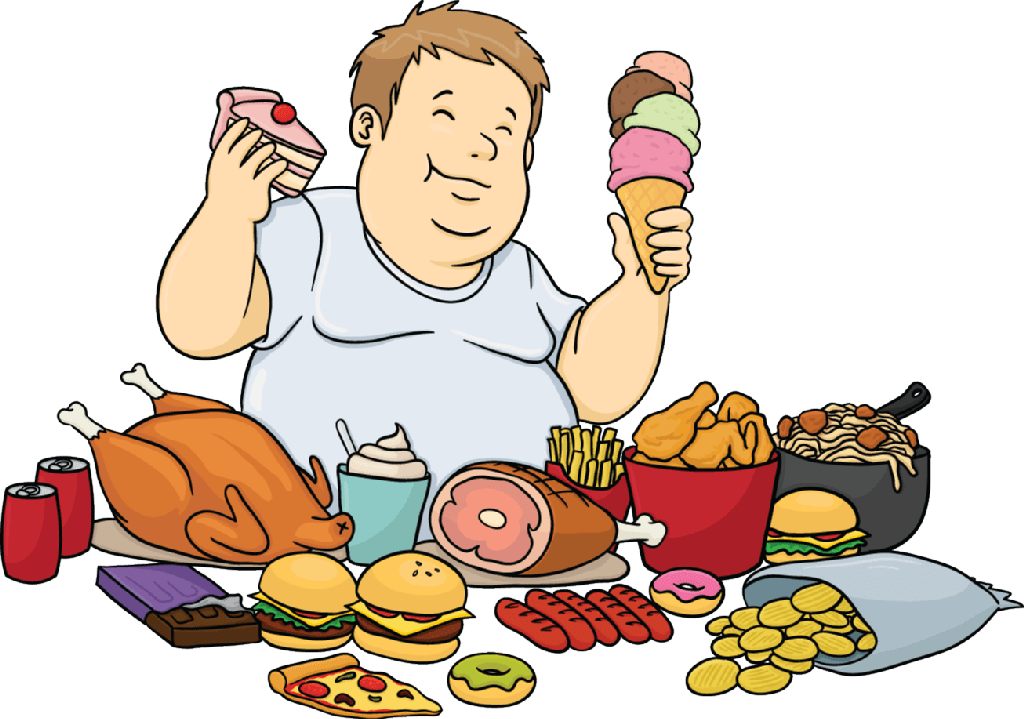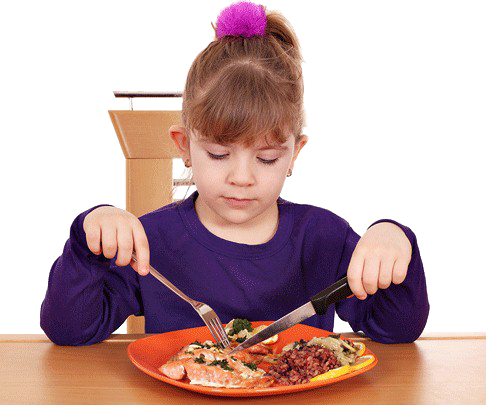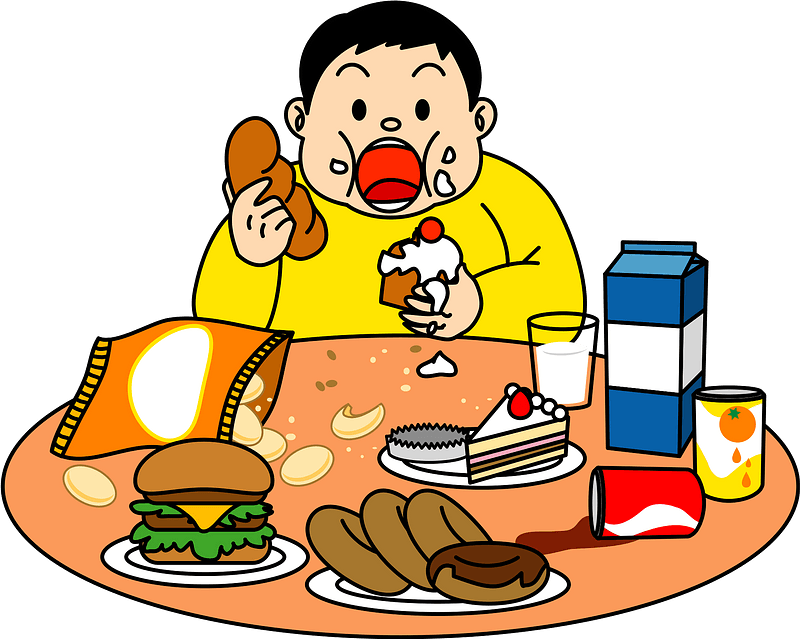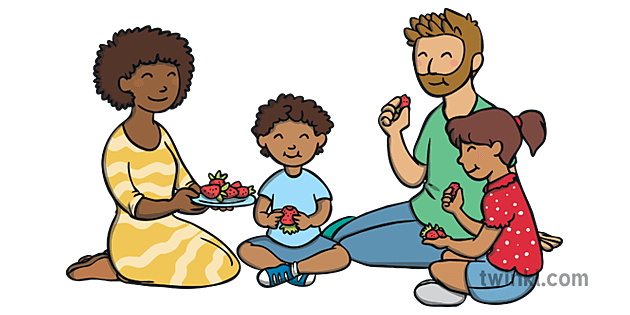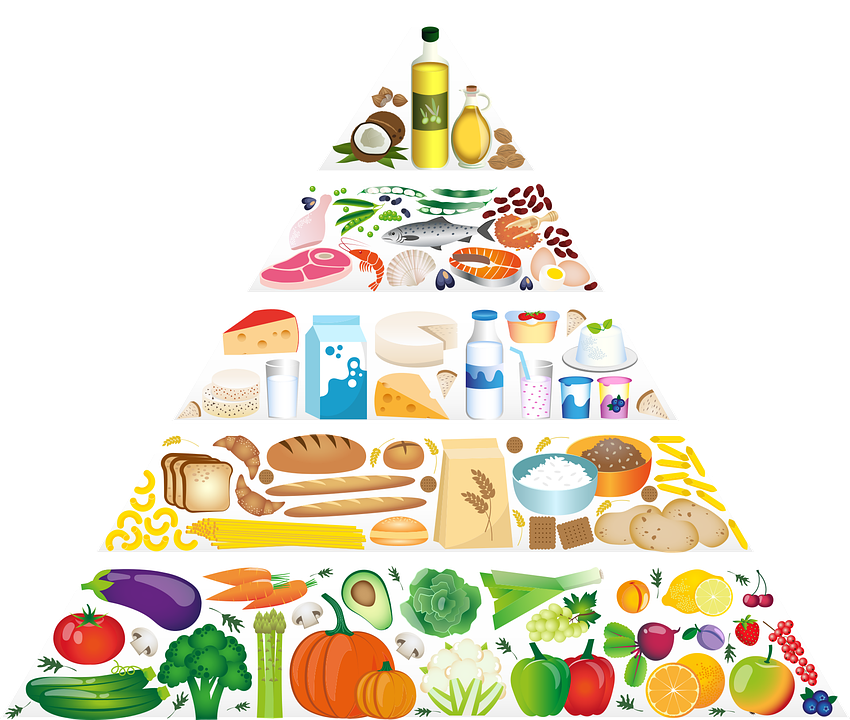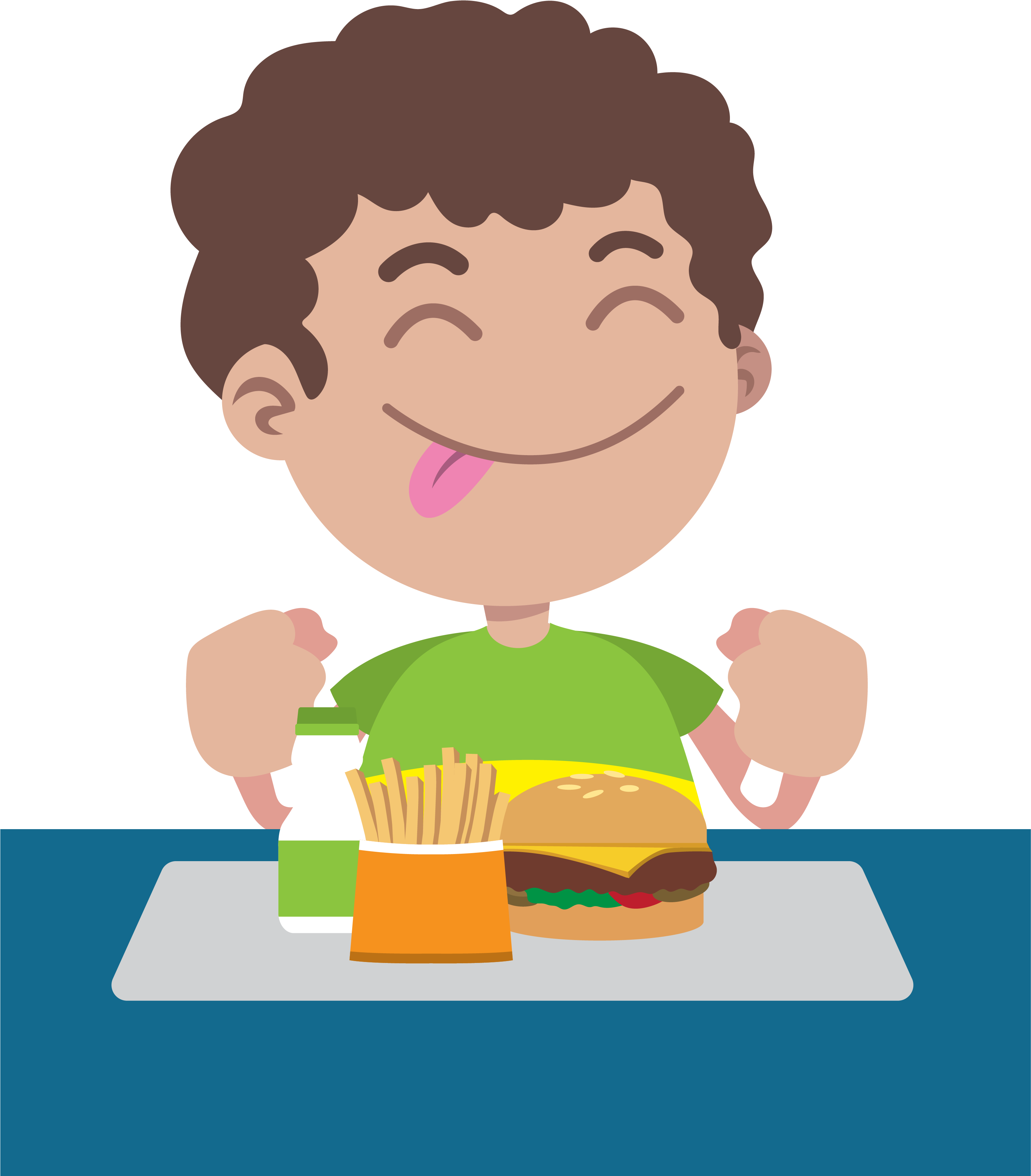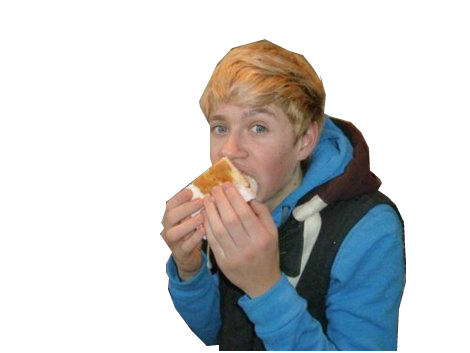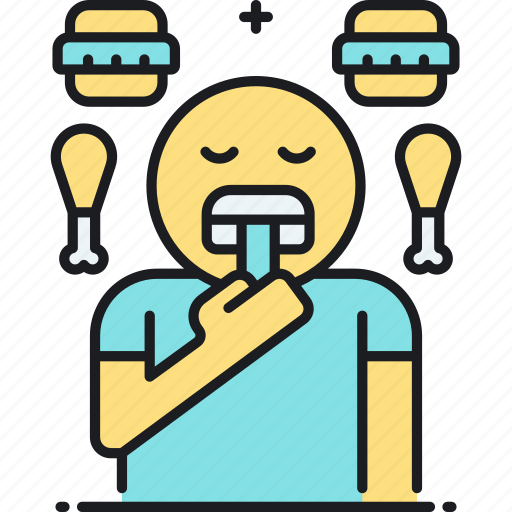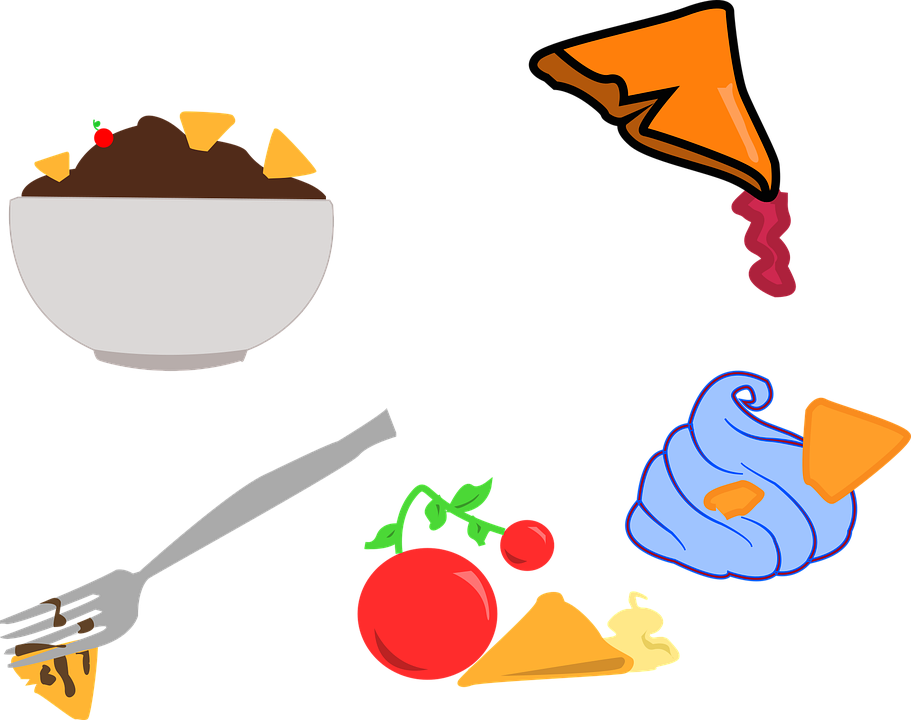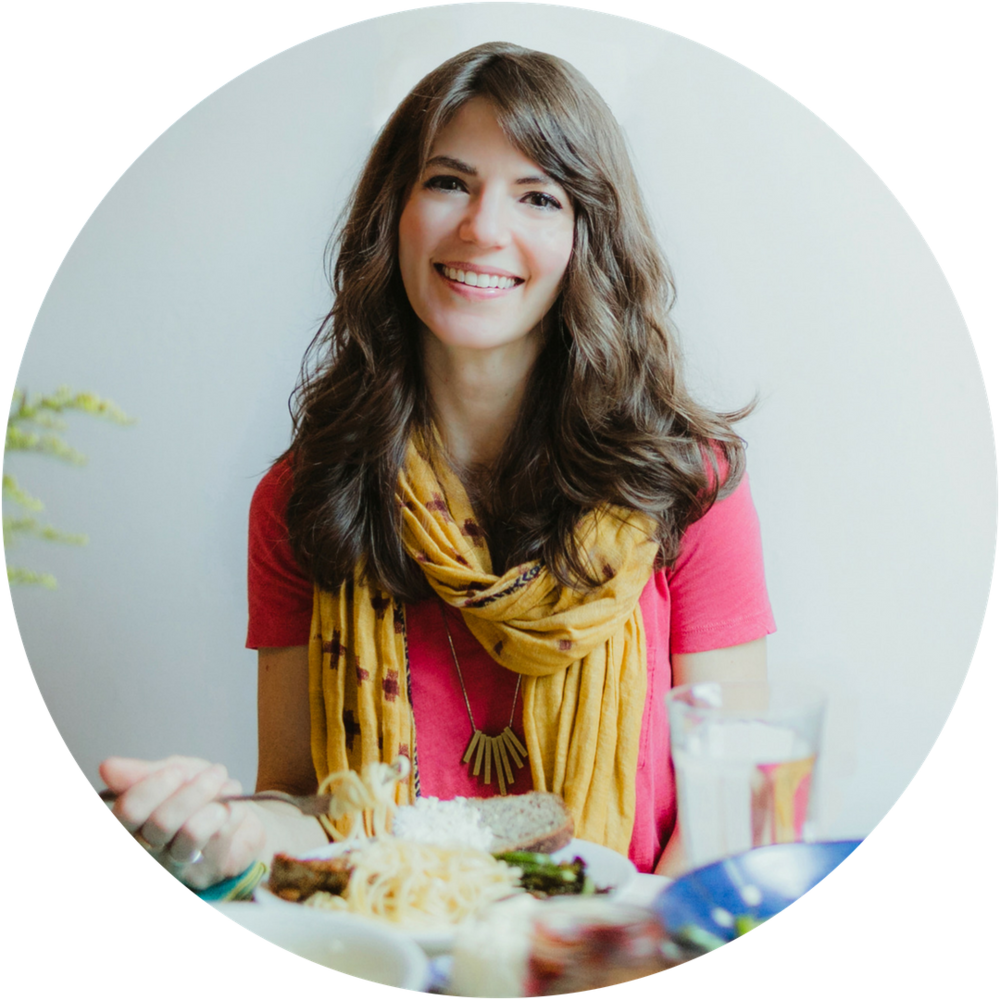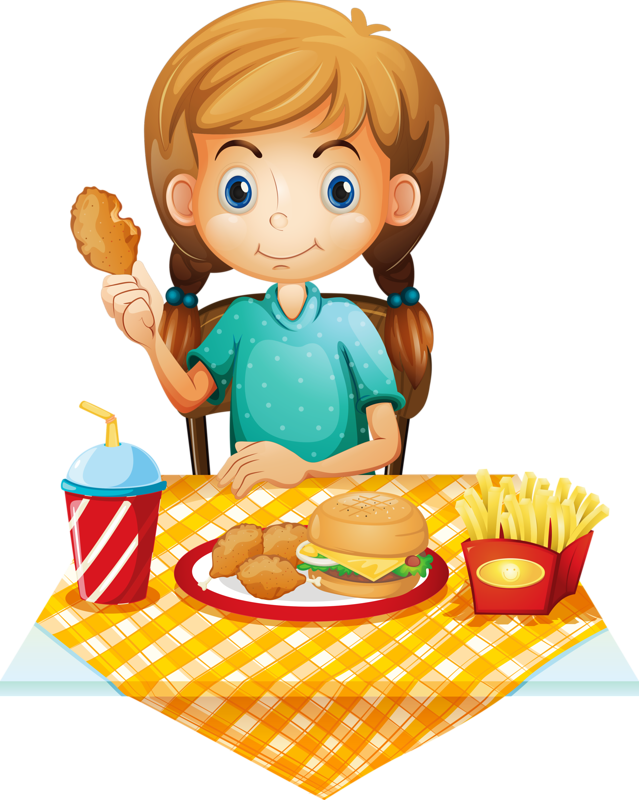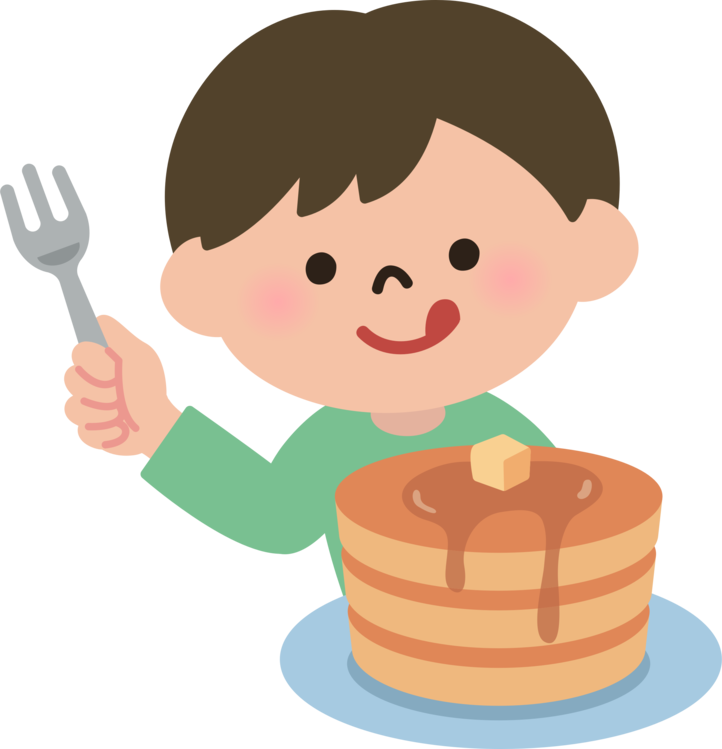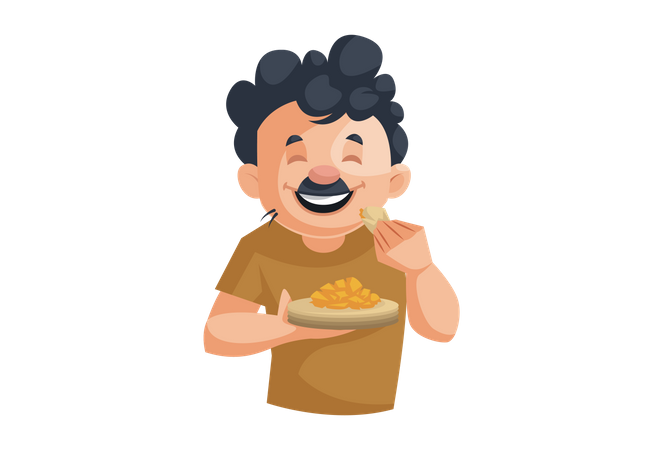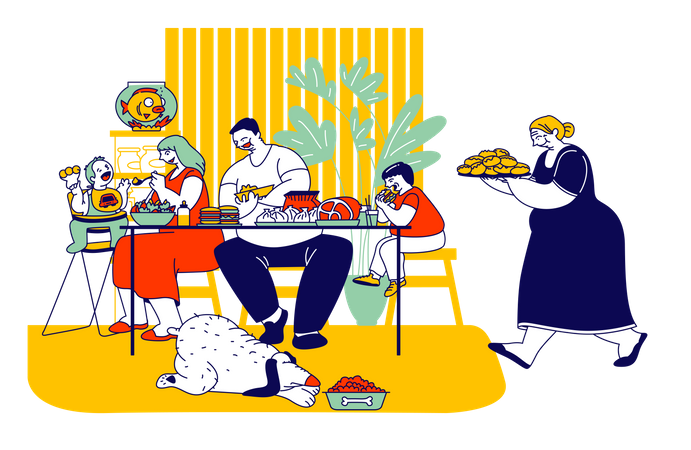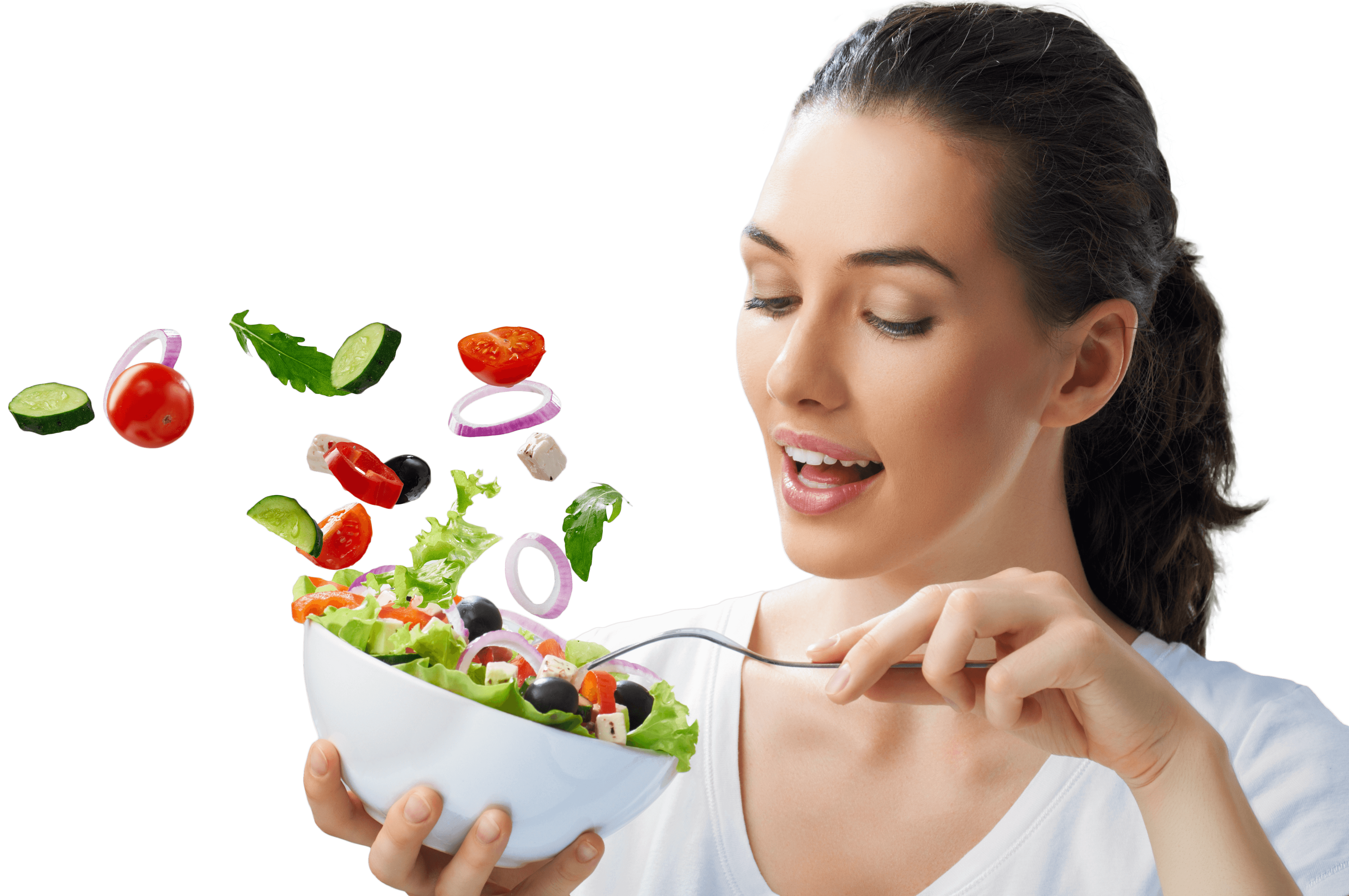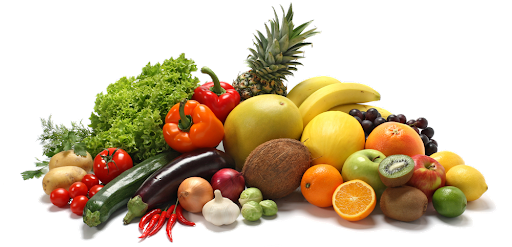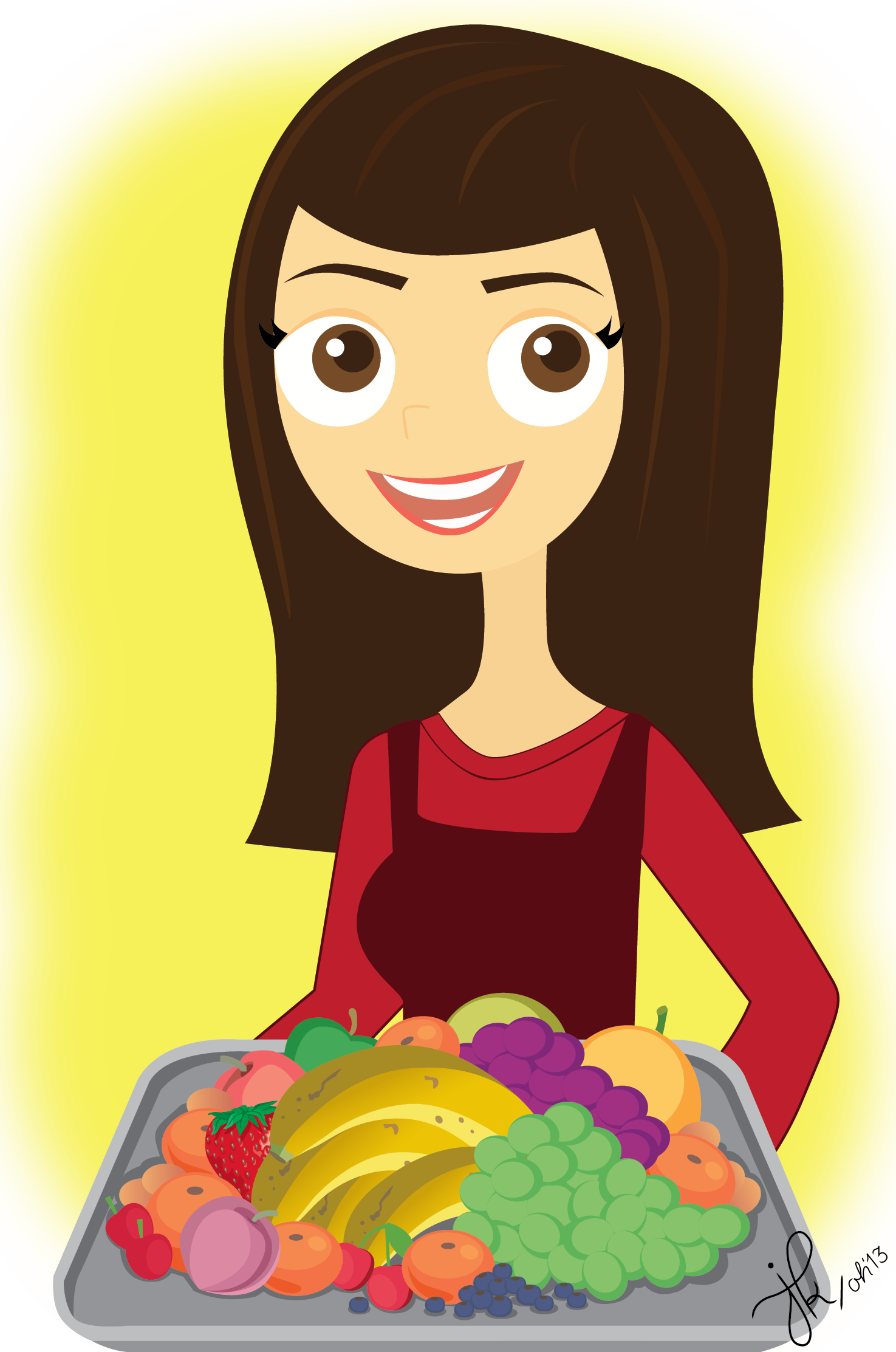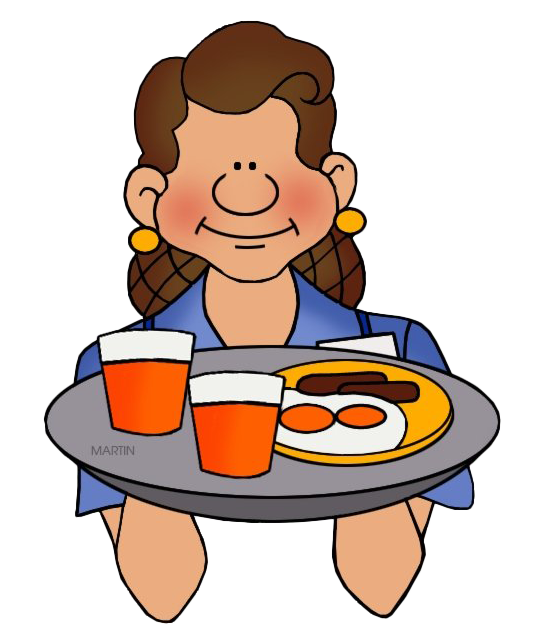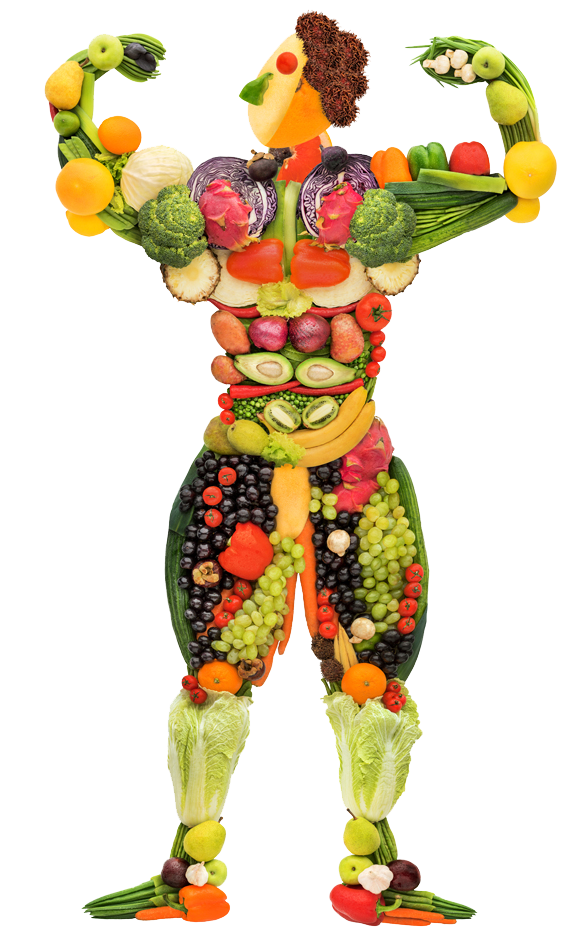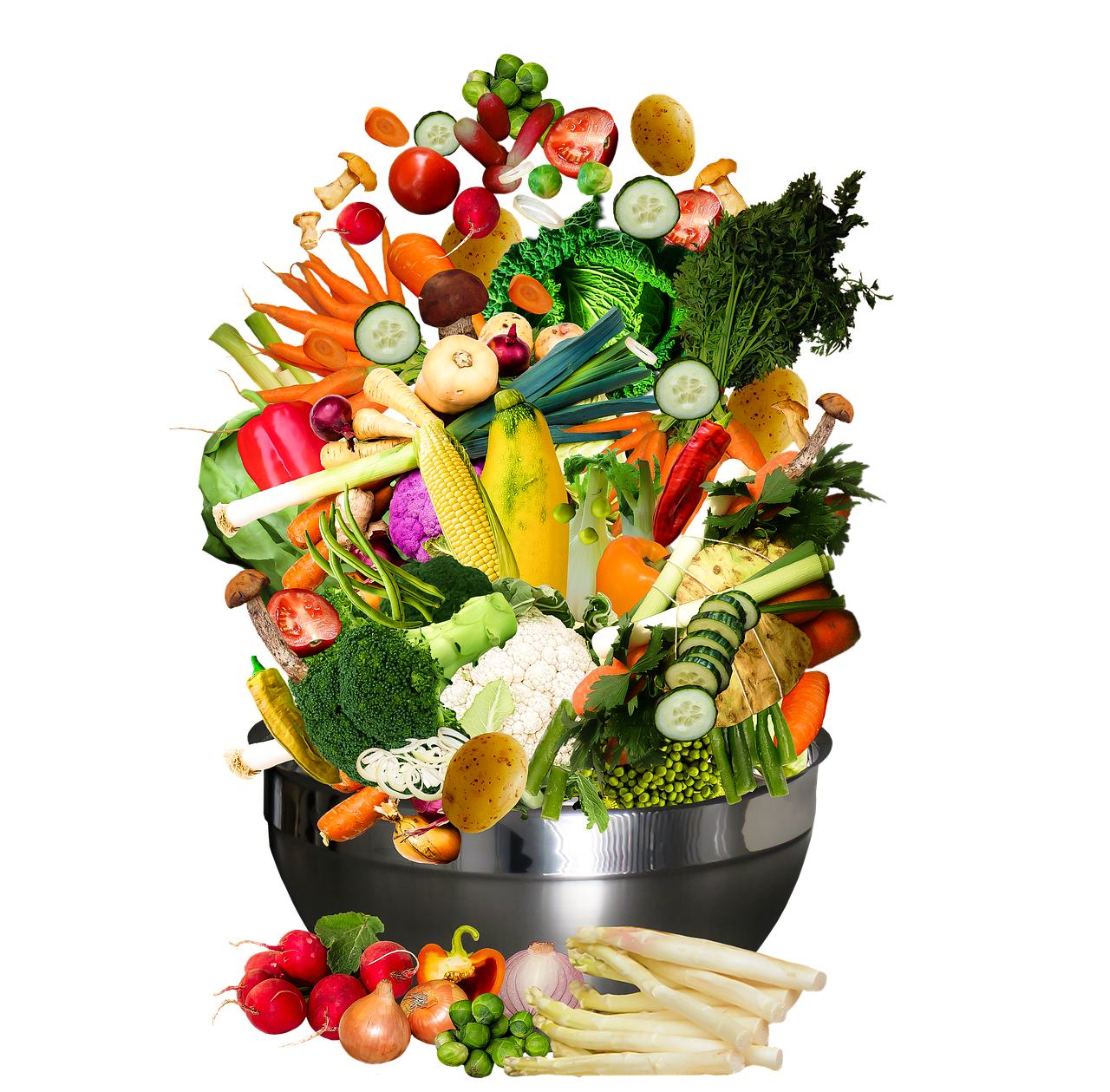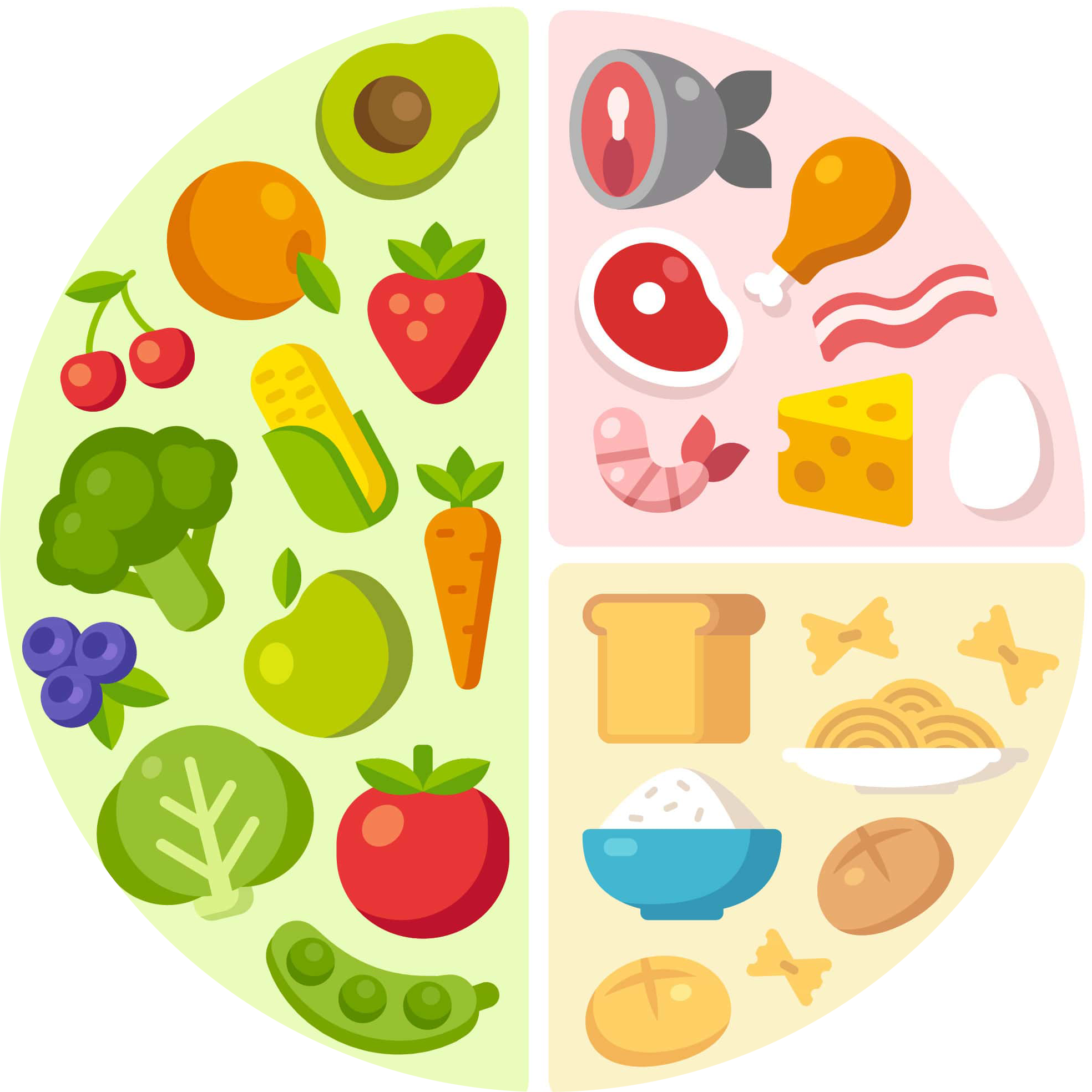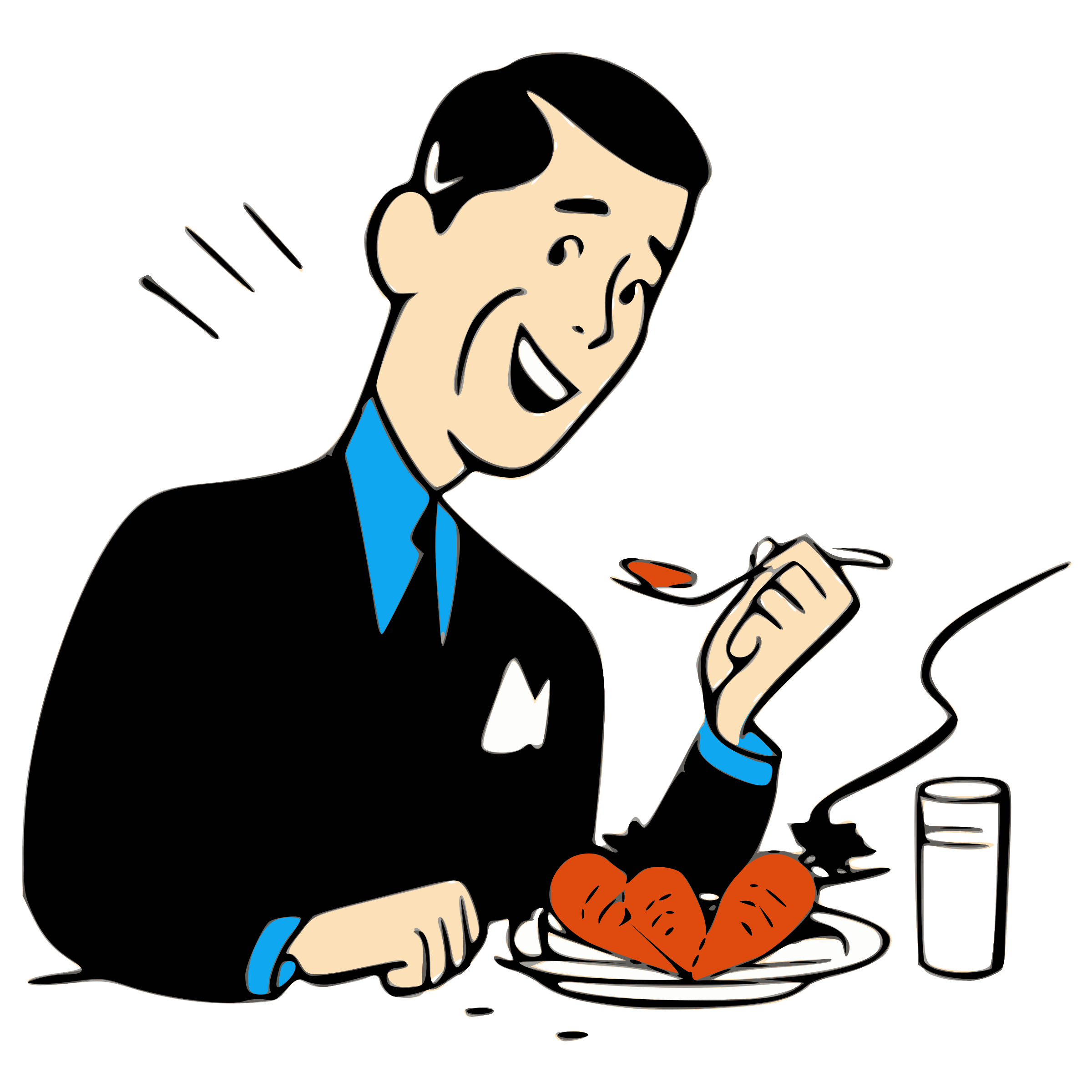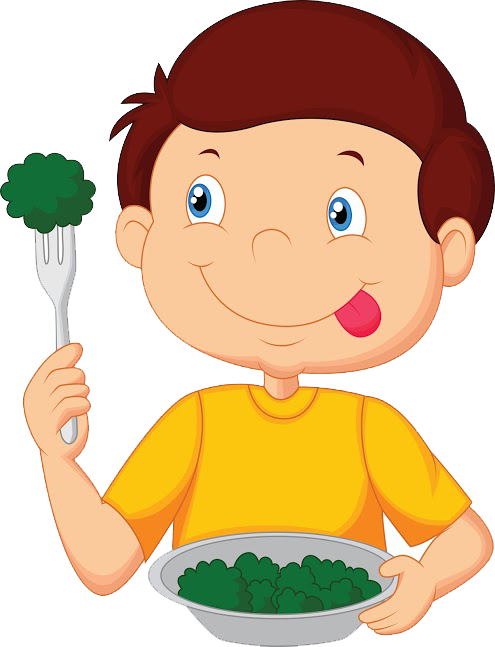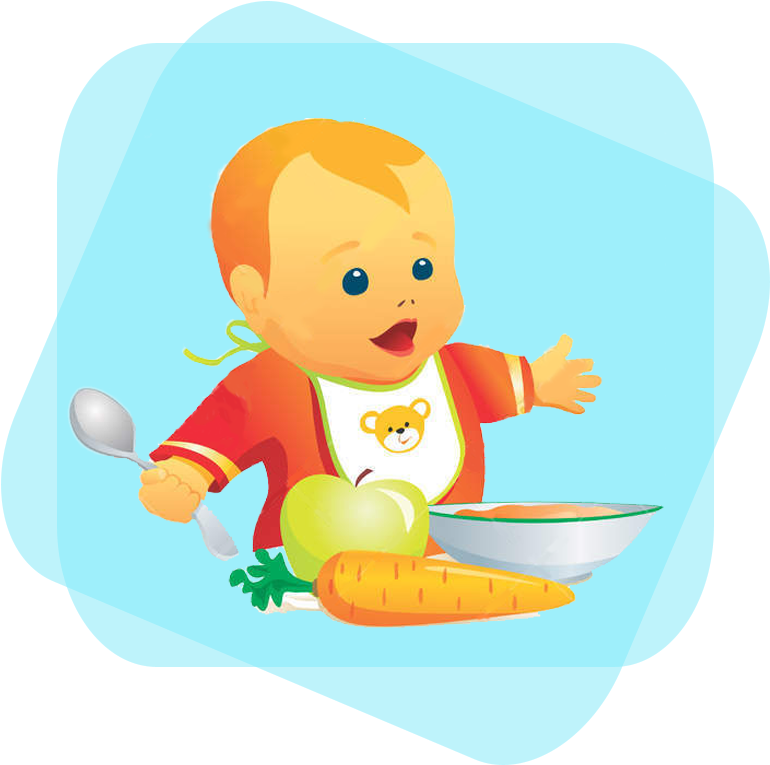Download top and best high-quality free Eating Food PNG Transparent Images backgrounds available in various sizes. To view the full PNG size resolution click on any of the below image thumbnail.
License Info: Creative Commons 4.0 BY-NC
Eating is the process of ingesting food in order to give energy and allow a heterotrophic creature to develop. Carnivores eat other animals, herbivores eat plants, omnivores eat both plant and animal materials, and detritivores eat detritus, therefore animals and other heterotrophs must feed to exist. Animals digest their food inside their bodies, but fungi decompose organic stuff outside their bodies. Eating is a necessary part of life for humans. Some people may cut back on their dietary intake. This might be as a result of a lifestyle choice, hunger or famine, a diet, or religious fasting.
Many homes have a big kitchen space dedicated to meal and food preparation, as well as a dining room, dining hall, or other specific eating area.
Most cultures also have restaurants, food courts, and food sellers where individuals may eat when they are out from home, don’t have time to cook, or want to socialize. These locales become “theatrical spectacles of global cosmopolitanism and myth” at their most sophisticated level. Eating is the major goal of social gatherings such as picnics, potlucks, and food festivals. Attendees are often provided with food and beverages at social gatherings.
The average person eats two or three meals every day. Snacks of varying sizes can be had in between meals. Doctors in the United Kingdom prescribe three meals each day (each containing 400″600 kcal) with four to six hours between them. Three well-balanced meals (defined as half of the plate with vegetables, 1/4 protein food as meat, and 1/4 carbs as pasta, rice) will provide 1800″2000 kcal, which is the typical required for an average person.
It may be prohibited for Muslim adults during the daytime hours of Ramadan in jurisdictions that follow Sharia law.
Adult foods are not eaten by newborn newborns. Breast milk or formula are their only sources of nutrition. Early infants as young as two or three months old are occasionally offered small quantities of pureed food, but most do not consume adult food until they are between six and eight months old. Because they have few teeth and an underdeveloped digestive system, young newborns ingest pureed baby meals.
The digestive system improves between 8 and 12 months of age, and many newborns start eating finger foods. However, because most newborns lack molars or canines at this age, and have a restricted number of incisors, their diet is still limited. By the age of 18 months, most newborns have enough teeth and a fully developed digestive system to consume the same foods as adults.
For youngsters, learning to eat is a messy process, and they frequently do not acquire neatness or dining etiquette until they are five or six years old.
Emotional eating, or compulsive overeating, is defined as “the inclination to consume in response to unfavorable emotions.” Anxiety correlates to decreased food consumption in persons of normal weight and increased food consumption in obese people, according to empirical investigations.
Many laboratory experiments have shown that persons who are overweight are more emotionally reactive and more inclined to overeat when they are upset than those who are normal weight. Furthermore, obese people have been repeatedly reported to feel unpleasant emotions more frequently and intensely than those of normal weight.
The naturalistic research by Lowe and Fisher evaluated the emotional reactivity and emotional eating of normal and overweight female college students. The study proved fat people’s proclivity for overeating, but only when it came to snacks, not meals.
That suggests that obese persons did not tend to eat more when having meals; rather, the number of snacks they ate between meals was larger. Lowe and Fisher propose that obese persons frequently eat their meals with others and do not eat more than the ordinary person since the presence of other people reduces their misery.
Another possibility is that fat people do not eat more than other people during meals since they are socially desirable. Snacks, on the other hand, are frequently consumed alone.
Download Eating Food PNG images transparent gallery.
- Girl Eating Food PNG Images
Resolution: 967 × 967
Size: 435 KB
Image Format: .png
Download
- Boy Eating Food PNG File
Resolution: 1008 × 799
Size: 760 KB
Image Format: .png
Download
- Eating Food No Background
Resolution: 592 × 402
Size: 201 KB
Image Format: .png
Download
- Girl Eating Food PNG Photos
Resolution: 719 × 476
Size: 439 KB
Image Format: .png
Download
- Eating Food PNG Images HD
Resolution: 800 × 621
Size: 73 KB
Image Format: .png
Download
- Girl Eating Food Transparent
Resolution: 749 × 670
Size: 35 KB
Image Format: .png
Download
- Girl Eating Food PNG Clipart
Resolution: 745 × 703
Size: 130 KB
Image Format: .png
Download
- Girl Eating Food PNG Picture
Resolution: 1669 × 1478
Size: 107 KB
Image Format: .png
Download
- Eating Food PNG Free Image
Resolution: 1013 × 637
Size: 44 KB
Image Format: .png
Download
- Eating Food PNG Image File
Resolution: 1024 × 719
Size: 104 KB
Image Format: .png
Download
- Girl Eating Food PNG
Resolution: 486 × 405
Size: 219 KB
Image Format: .png
Download
- Boy Eating Food PNG Image
Resolution: 800 × 639
Size: 80 KB
Image Format: .png
Download
- Eating Food PNG
Resolution: 640 × 489
Size: 182 KB
Image Format: .png
Download
- Eating Food PNG Pic
Resolution: 630 × 315
Size: 35 KB
Image Format: .png
Download
- Eating Food PNG File
Resolution: 800 × 800
Size: 11 KB
Image Format: .png
Download
- Eating Food PNG Image
Resolution: 850 × 720
Size: 441 KB
Image Format: .png
Download
- Boy Eating Food PNG Photo
Resolution: 3188 × 3638
Size: 220 KB
Image Format: .png
Download
- Boy Eating Food PNG Cutout
Resolution: 470 × 353
Size: 156 KB
Image Format: .png
Download
- Eating Food PNG Photo
Resolution: 512 × 512
Size: 41 KB
Image Format: .png
Download
- Eating Food PNG Cutout
Resolution: 911 × 720
Size: 165 KB
Image Format: .png
Download
- Girl Eating Food PNG Pic
Resolution: 1000 × 1000
Size: 1093 KB
Image Format: .png
Download
- Eating Food PNG Images
Resolution: 639 × 800
Size: 380 KB
Image Format: .png
Download
- Boy Eating Food PNG Images
Resolution: 722 × 749
Size: 91 KB
Image Format: .png
Download
- Girl Eating Food PNG File
Resolution: 450 × 450
Size: 37 KB
Image Format: .png
Download
- Boy Eating Food PNG Photos
Resolution: 663 × 450
Size: 61 KB
Image Format: .png
Download
- Eating Food PNG Photos
Resolution: 512 × 512
Size: 11 KB
Image Format: .png
Download
- Eating Food Transparent
Resolution: 691 × 450
Size: 162 KB
Image Format: .png
Download
- Girl Eating Food
Resolution: 4288 × 2848
Size: 2359 KB
Image Format: .png
Download
- Eating Food
Resolution: 512 × 247
Size: 165 KB
Image Format: .png
Download
- Girl Eating Food PNG Image
Resolution: 1475 × 2225
Size: 729 KB
Image Format: .png
Download
- Girl Eating Food PNG Photo
Resolution: 544 × 644
Size: 221 KB
Image Format: .png
Download
- Eating Food PNG Clipart
Resolution: 584 × 950
Size: 546 KB
Image Format: .png
Download
- Eating Food PNG Picture
Resolution: 1280 × 1259
Size: 1730 KB
Image Format: .png
Download
- Eating Food PNG HD Image
Resolution: 540 × 356
Size: 260 KB
Image Format: .png
Download
- Eating Food PNG Image HD
Resolution: 1968 × 1968
Size: 1159 KB
Image Format: .png
Download
- Girl Eating Food PNG Cutout
Resolution: 760 × 500
Size: 437 KB
Image Format: .png
Download
- Boy Eating Food
Resolution: 2400 × 2400
Size: 546 KB
Image Format: .png
Download
- Boy Eating Food PNG
Resolution: 495 × 647
Size: 209 KB
Image Format: .png
Download
- Boy Eating Food PNG Pic
Resolution: 770 × 765
Size: 290 KB
Image Format: .png
Download
